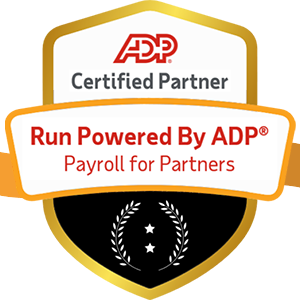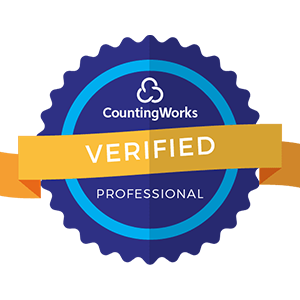
In today's fast-paced business world, organizations are constantly seeking ways to streamline their operations and make data-driven decisions. One area that has seen significant advancements in recent years is payroll management. By leveraging the power of data analytics, companies can optimize their payroll processes, reduce errors, and gain valuable insights to inform strategic decision-making.
Payroll is a critical function in any organization, directly impacting employee satisfaction and financial stability. However, managing payroll can be complex and time-consuming, especially for large enterprises with diverse workforce structures.
Traditional payroll processes often face significant challenges:
Data analytics provides the tools to overcome these challenges and transform payroll processes into a strategic advantage.

Data analytics dramatically improves accuracy and efficiency in payroll processes. By automating data collection, validation, and processing, organizations reduce manual errors and ensure timely, accurate payments. Advanced analytics tools quickly identify discrepancies, flag potential issues, and generate comprehensive reports.
Access to real-time insights transforms payroll management. Interactive dashboards and visualization tools provide immediate visibility into key metrics such as payroll costs, headcount fluctuations, and overtime trends. This empowers managers to make informed decisions, identify improvement opportunities, and quickly respond to anomalies.
Navigating complex regulatory requirements becomes more manageable with data analytics. The technology helps organizations stay compliant by automating calculations, generating audit trails, and ensuring adherence to legal obligations. Predictive analytics identifies potential compliance risks before they become problems, allowing for proactive mitigation.
Self-service portals powered by analytics allow employees to access their pay information, tax forms, and benefits details with ease. AI-powered chatbots and virtual assistants efficiently handle common employee queries, freeing HR and payroll staff for more strategic work. Personalized insights help employees make better financial decisions.
Perhaps the most significant benefit is how data analytics informs strategic decision-making. By analyzing payroll data alongside other HR and financial metrics, organizations gain a holistic view of their workforce. This analysis reveals patterns in turnover, absenteeism, and performance, enabling proactive talent management and resource optimization.
Start by identifying specific payroll challenges your organization faces and the insights you hope to gain. Align analytics efforts with broader business goals to maximize the value of your investment.
Before implementation, thoroughly evaluate your existing payroll data. Ensure information is accurate, complete, and consistent across systems. Identify and address any gaps or discrepancies that could undermine analytics efforts.
Select analytics tools that match your organization's size, complexity, and technical capabilities. Consider factors like ease of use, scalability, integration capabilities, and security features when evaluating options.
Technology alone isn't enough—success requires organizational buy-in. Encourage a data-driven mindset at all levels, provide training and support, and celebrate analytics-driven successes to promote continuous improvement.
Protect sensitive payroll data with robust security measures including encryption, access controls, and regular backups. Maintain compliance with relevant data privacy regulations and communicate transparently with employees about data usage.
Walmart leverages analytics to optimize payroll processes for over 2.3 million employees worldwide. By analyzing time and attendance data, they identify patterns in overtime and scheduling inefficiencies, enabling data-driven decisions about staffing levels and labor costs.
ADP's analytics platform provides real-time insights into payroll trends, compliance risks, and employee engagement. Their predictive analytics capabilities help clients anticipate and address potential issues before they escalate, improving accuracy while reducing costs.
Netflix applies its data-driven approach to ensuring accurate, timely payments for its global workforce despite complex international tax and compliance requirements. Automated calculations and real-time reporting allow quick identification and resolution of discrepancies.

The evolution of payroll analytics continues with several emerging technologies poised to make significant impacts:
As these technologies become more accessible, forward-thinking organizations that embrace data analytics in payroll will maintain competitive advantages in efficiency, accuracy, and strategic workforce management.
Data analytics is no longer optional in payroll management—it's a necessity for organizations seeking to remain competitive. By leveraging analytics capabilities, companies optimize processes, reduce errors, and gain strategic insights that drive better business decisions.
While implementing a successful analytics program requires careful planning and execution, the benefits far outweigh the investment. As technology continues to evolve, the future of payroll is undoubtedly data-driven, and organizations that embrace this transformation will be best positioned for long-term success.


